Backyard gardening has grown into more than just a hobby—it has become a sustainable lifestyle choice for millions of households around the world. With the rising demand for fresh, organic produce, many people are turning to their backyards to grow their own vegetables. Seasonal vegetables, in particular, are ideal for backyard gardens because they thrive naturally in the climate of the season, require fewer resources, and reward gardeners with abundant harvests. Choosing the right seasonal vegetables not only ensures better yields but also makes gardening easier for both beginners and experienced growers.
This article explores the best seasonal vegetables that are perfect for backyard gardens, divided by spring, summer, fall, and winter growing periods. It also provides tips on soil preparation, watering, and harvesting for a thriving backyard garden.
Why Seasonal Vegetables Are the Best Choice
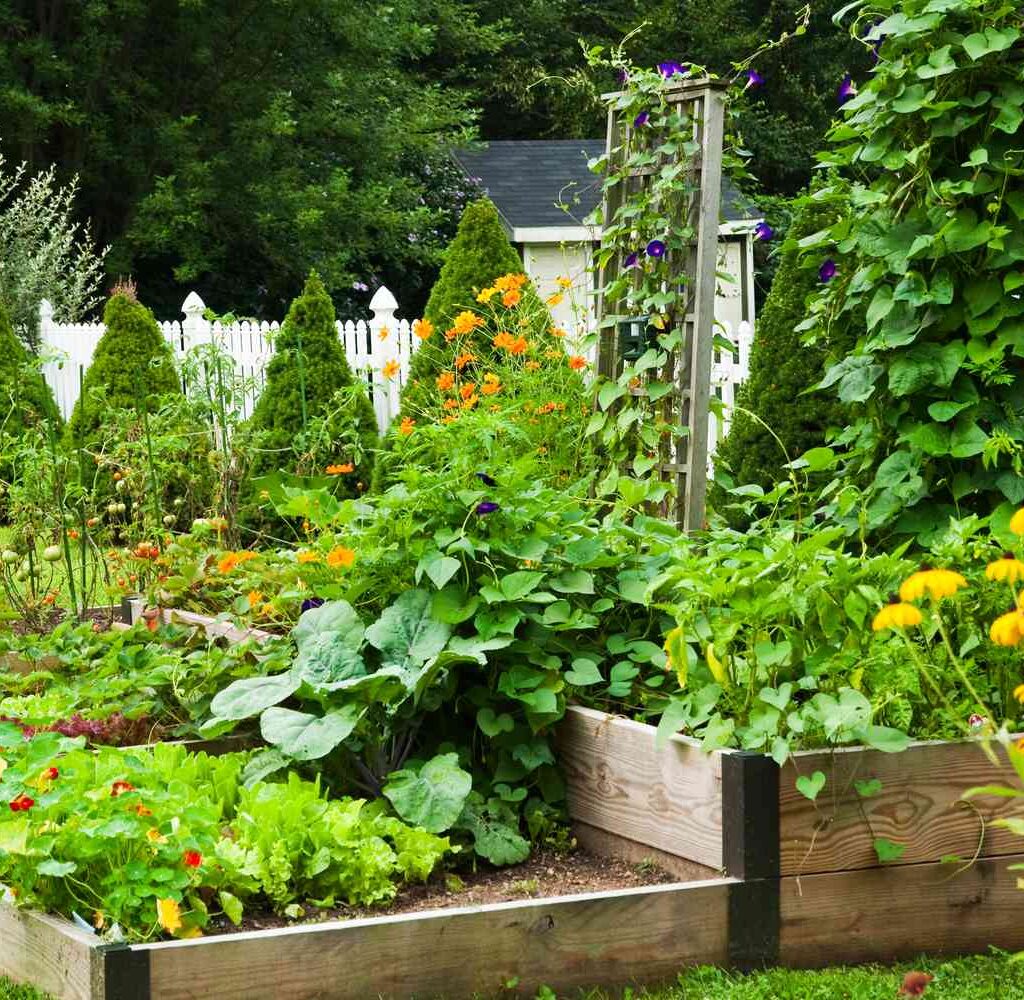
Growing vegetables that align with their natural season offers several advantages:
- Better Flavor & Nutrition – Seasonal vegetables tend to be fresher and more nutrient-rich.
- Higher Yields – Plants that grow in their ideal season are healthier and produce more harvest.
- Lower Costs – They require less maintenance, water, and pest control compared to off-season crops.
- Eco-Friendly Gardening – Seasonal planting reduces the need for chemical fertilizers and pesticides, contributing to a healthier environment.
Spring Vegetables: Fresh Start to the Growing Season
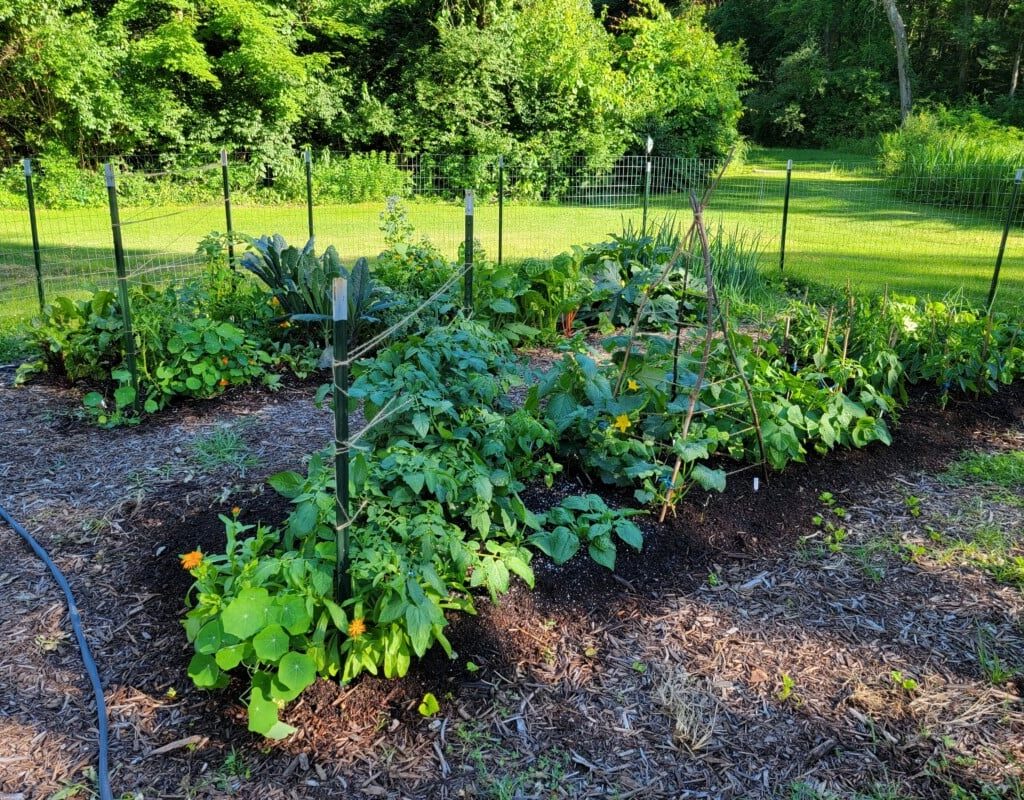
Spring is one of the most rewarding seasons for backyard gardening. The warming soil and longer days make it the perfect time to plant cool-weather crops that thrive in mild temperatures.
1. Lettuce and Leafy Greens
Lettuce, spinach, and kale grow exceptionally well in spring. They germinate quickly in cool soil and provide fresh leaves within weeks. These greens can be harvested multiple times using the “cut and come again” method.
2. Radishes
Radishes are among the fastest-growing vegetables, maturing in as little as 20–30 days. Their crisp texture makes them an excellent spring crop for small backyard gardens.
3. Peas
Snap peas and snow peas are easy to grow in spring. They prefer cooler temperatures and can be trained to grow vertically, making them perfect for small spaces.
4. Carrots
Carrots thrive in loose, well-drained soil during spring. They can be grown in rows or containers, making them highly versatile for backyard spaces.
5. Broccoli
Broccoli grows best in mild spring weather before temperatures get too hot. It’s a great addition to backyard gardens as it can produce side shoots even after the main head is harvested.
Summer Vegetables: Heat-Loving Favorites
Summer is the peak gardening season when warm-weather crops flourish. These vegetables love sunlight and warm soil, producing bountiful harvests.
1. Tomatoes
Tomatoes are the crown jewel of summer gardening. They require plenty of sunlight and well-drained soil. With varieties ranging from cherry to beefsteak, tomatoes are versatile and rewarding for backyard growers.
2. Cucumbers
Cucumbers thrive in summer heat and can climb trellises to save space. They are fast-growing and produce prolifically when watered regularly.
3. Zucchini
Zucchini is a high-yield summer crop that grows abundantly with minimal care. A single plant can produce more zucchinis than most households can consume.
4. Bell Peppers
Peppers thrive in summer heat and come in various colors—green, red, yellow, and orange. They require consistent watering and full sun for maximum production.
5. Eggplant
Eggplants love warm weather and well-drained soil. They produce attractive purple fruits and are excellent for backyard gardens with good sunlight.
Fall Vegetables: Extending the Harvest Season
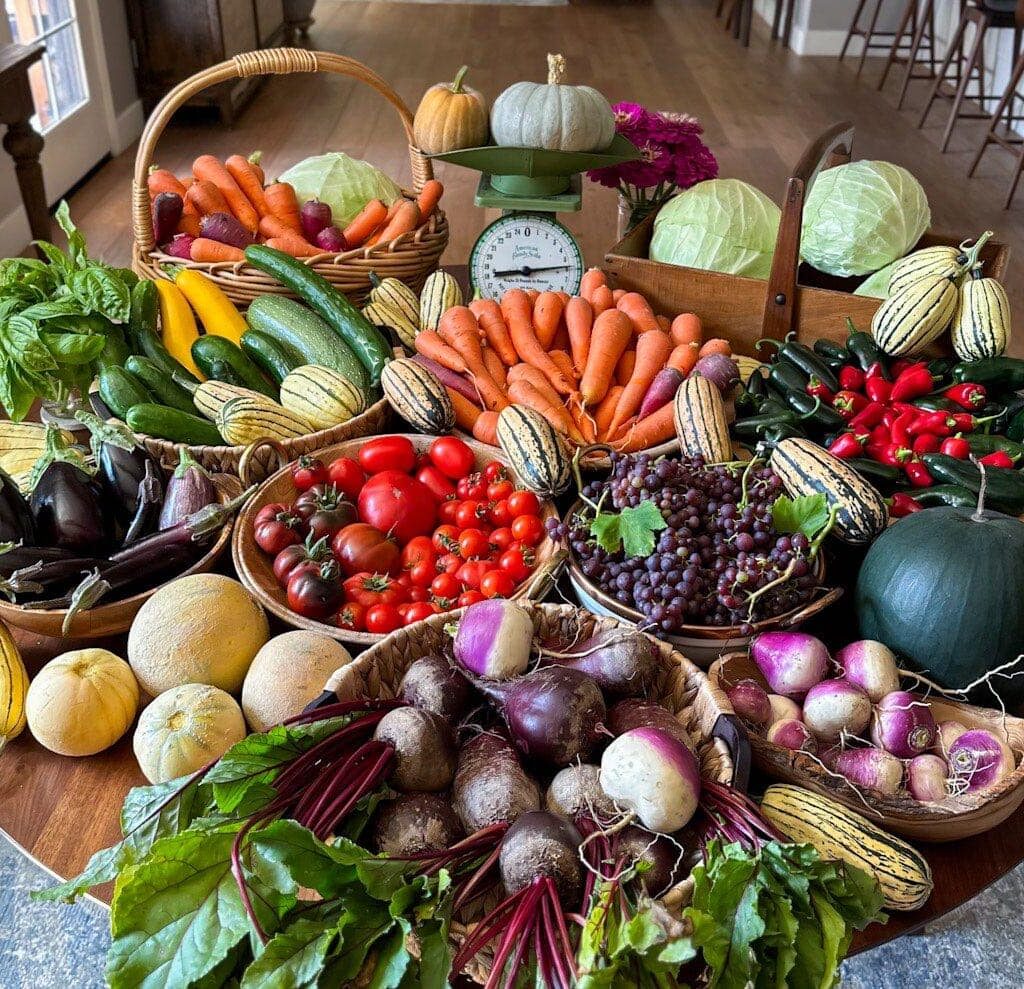
Fall is an excellent time for cool-season crops that thrive in cooler evenings and moderate temperatures. Many of these vegetables can be planted in late summer and harvested well into fall.
1. Cabbage
Cabbage grows well in fall as the cooler weather prevents bolting. It can be grown compactly in backyard gardens.
2. Beets
Beets are hardy root vegetables that thrive in fall. Both the roots and leaves are edible, making them a two-in-one crop.
3. Turnips
Turnips are fast-growing and perfect for fall gardening. Like beets, their greens are edible, adding variety to meals.
4. Cauliflower
Cauliflower requires cool weather and patience but rewards gardeners with large, firm heads. Fall conditions are ideal for their growth.
5. Spinach
Spinach is a hardy crop that loves fall weather. It grows quickly and can survive light frosts, making it perfect for backyard gardens in cooler regions.
Winter Vegetables: Growing in Cold Climates
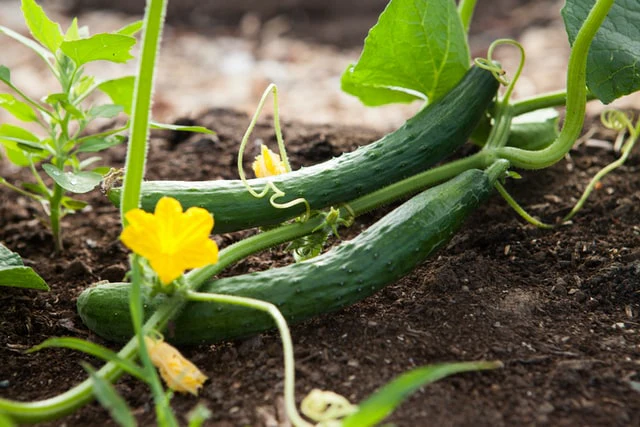
Even in colder months, certain vegetables can thrive in backyard gardens with proper planning. Many winter vegetables are frost-tolerant and can be grown in raised beds, cold frames, or greenhouses.
1. Kale
Kale is one of the hardiest winter vegetables. Its flavor even improves after exposure to frost, making it perfect for backyard winter gardening.
2. Garlic
Garlic is planted in late fall or early winter and harvested in summer. It requires minimal care and grows well in cold conditions.
3. Onions
Certain onion varieties thrive in winter and provide early spring harvests. They are low-maintenance and ideal for backyard growers.
4. Brussels Sprouts
Brussels sprouts are cold-tolerant and taste sweeter after frost. They require patience but are worth the wait.
5. Winter Lettuce Varieties
Hardy varieties of lettuce such as “Winter Density” and “Arctic King” can survive chilly weather with minimal protection.
Tips for Growing Seasonal Vegetables in Backyard Gardens
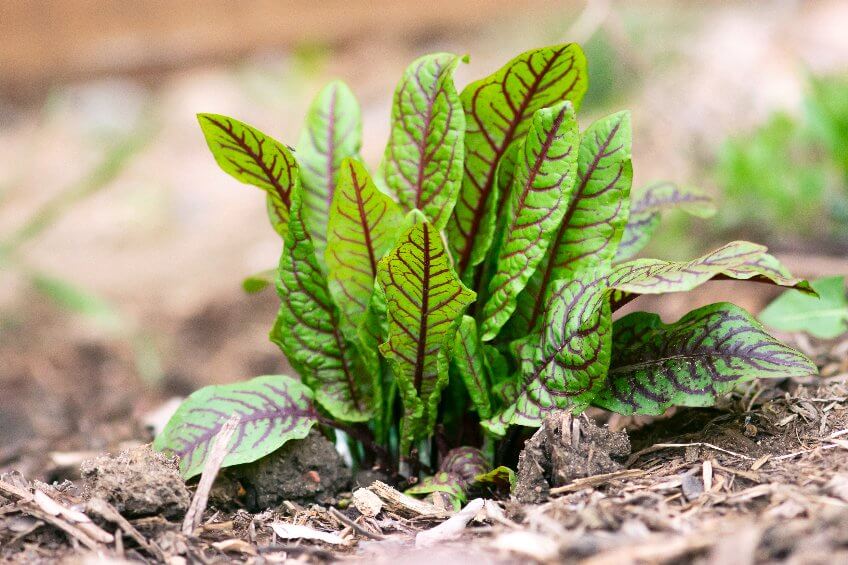
To maximize yields and enjoy fresh produce year-round, consider these essential tips:
- Soil Preparation – Enrich soil with compost or organic matter before planting each season.
- Crop Rotation – Rotate crops seasonally to prevent soil depletion and reduce pests.
- Water Management – Adjust watering schedules depending on the season; summer crops need more frequent watering than winter crops.
- Use of Raised Beds or Containers – Perfect for small backyards and provide better soil drainage.
- Pest Control – Seasonal vegetables attract different pests; use natural deterrents like neem oil or companion planting.
- Harvesting on Time – Harvest vegetables promptly for the best flavor and to encourage continuous production.
Conclusion
Seasonal vegetables are the backbone of successful backyard gardening. By aligning planting schedules with natural growing conditions, gardeners can enjoy fresh, flavorful, and nutrient-rich produce throughout the year. From crisp spring radishes and juicy summer tomatoes to hearty fall beets and frost-sweetened winter kale, every season brings an opportunity to cultivate something unique and delicious.
Whether you are a beginner or an experienced gardener, understanding the rhythm of seasonal planting will help you create a sustainable, productive, and enjoyable backyard garden. Growing your own vegetables not only saves money but also connects you with nature while providing a healthier lifestyle.
So, the next time you step into your backyard, remember that each season holds a gift—fresh, homegrown vegetables waiting to be harvested.
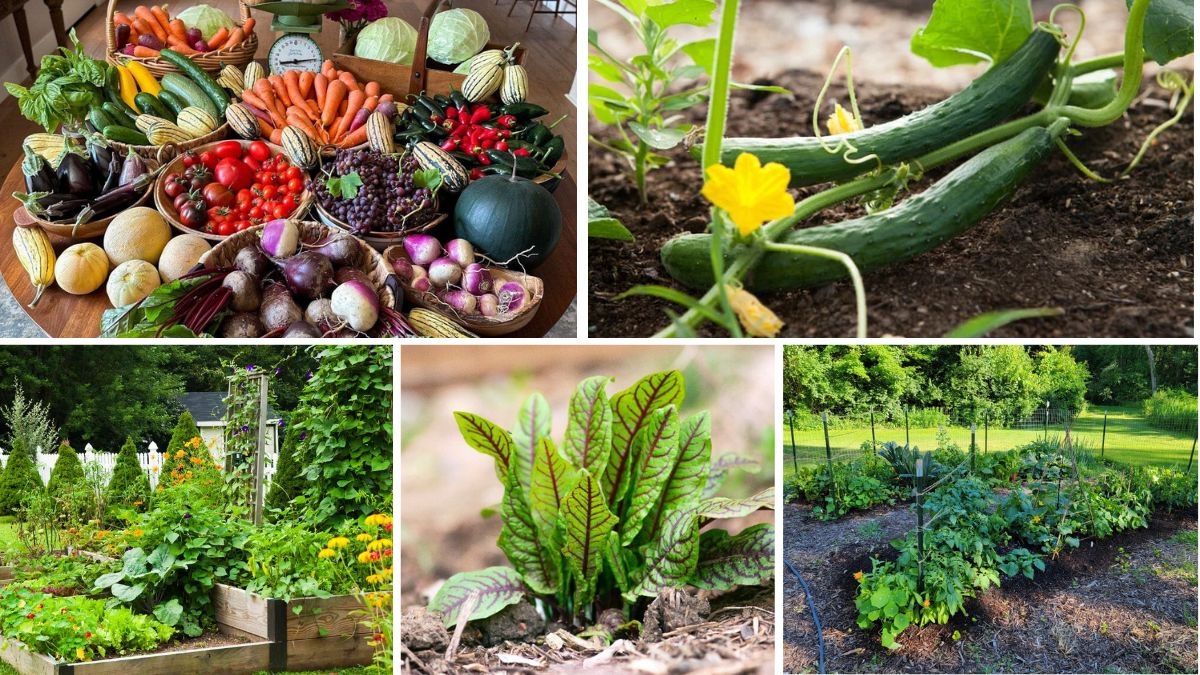





Leave A Comment